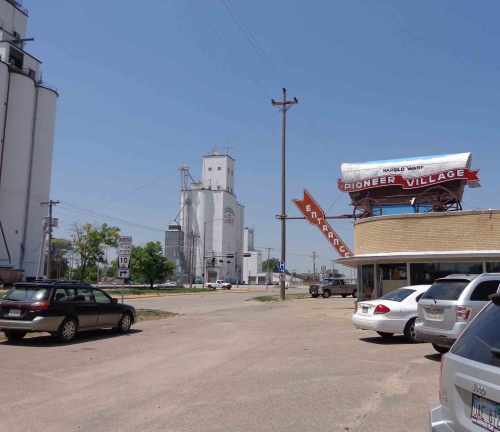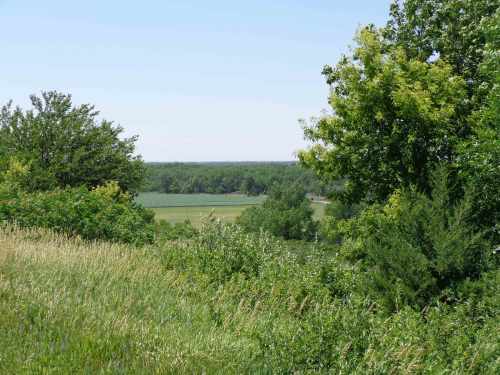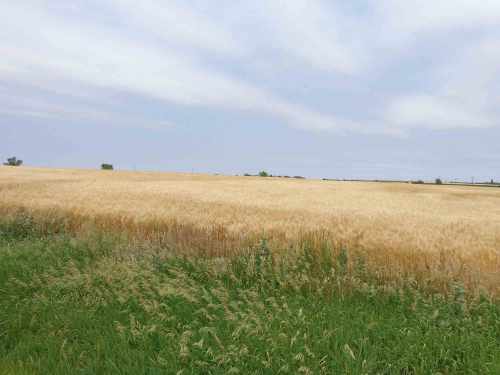Driving about 50 miles east from Arapahoe, through an alternating landscape of fields and small towns, we came to the small town of Minden, Nebraska. Like all other small towns in this region, it is marked by grain elevators and railroad tracks. However Minden is also home to Pioneer Village, an indoor-outdoor museum that has been named “Best Pioneer History Collection” for several years running.
If you couldn’t tell from my lengthy description of the Living History Farms in Iowa, I love places like this. That said, I love anywhere that allows me to interact with life, past or present, from a working farm to a historic home to a Revolutionary War reenactment. So I was delighted with this place.
Pioneer Village represents the vision and life work of Harold Warp. It claims to be the largest private collection of Americana—and I have no reason to doubt that. The complex is home to 50,000 artifacts that cover the full spectrum of the region’s settlement and development, all lovingly restored and carefully grouped by function and era. There is also a splendid art gallery. All this is housed in more than two dozen buildings, many of which are, themselves, historic artifacts. It offered a splendid opportunity to see things I’d only read about or seen in photographs – and the next few posts will show more details.
Don’t know if you’re planning a trip across Nebraska, but if you are, I’d recommend this as a way to get “up close and personal” with a lot of the history of the Great Plains. http://www.pioneervillage.org/

















